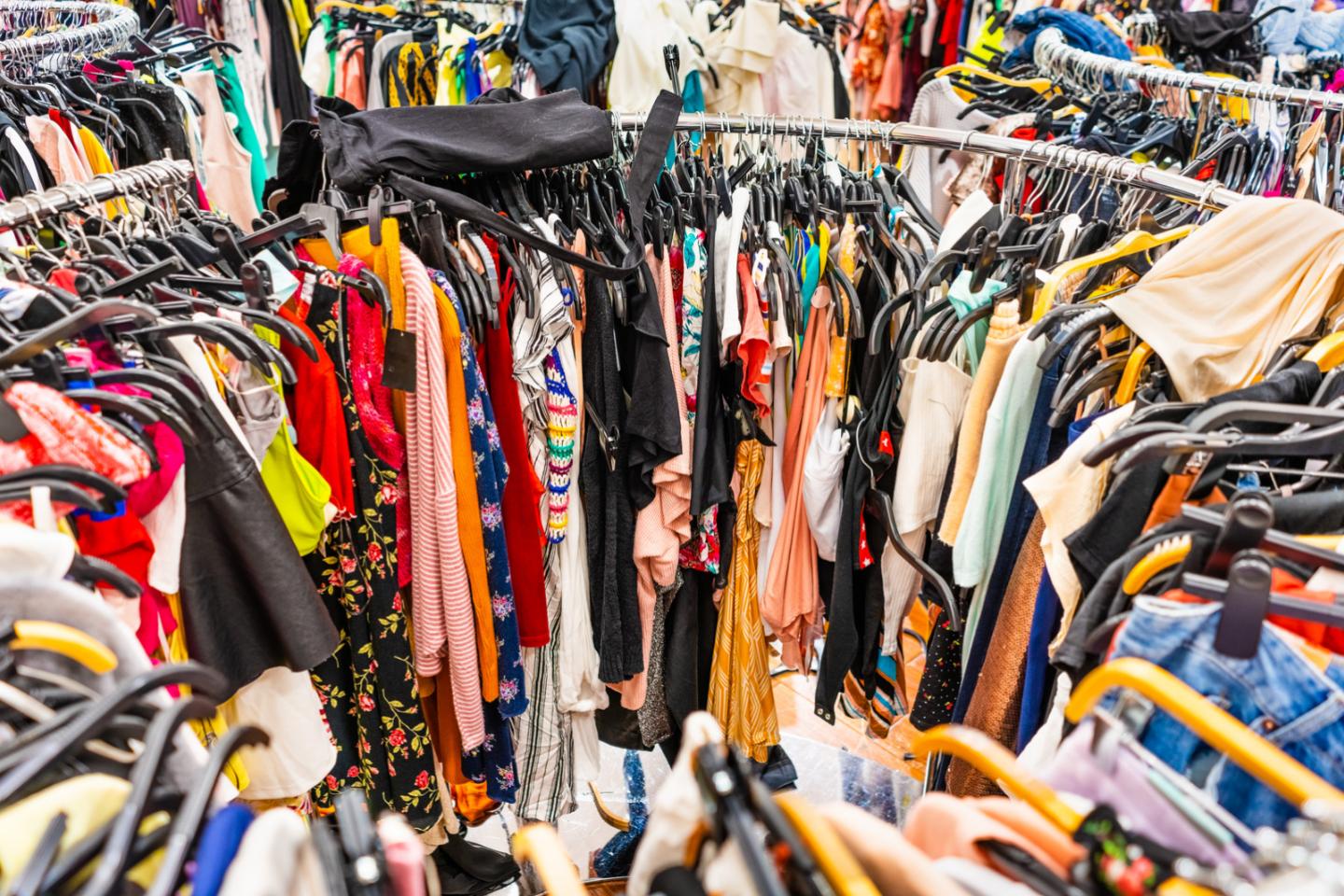First impressions last a lifetime, and appearance is everything. Our choice of clothes says a lot about us and over the years fashionable clothing became not just a necessity, but a form of self-expression. Thanks to ‘fast fashion’ everyone can afford the latest styles, indulging in a new item for any occasion – festivals, summer holiday, first date night out, night in – you name it, there’s an outfit for it! The latest looks are no longer exclusive to the catwalk; they are available to the masses.
How did this happen?
The growth of globalisation, enabling cheap sourcing of materials and labour, coupled with the rise of the internet, meant fashion became faster and more accessible than ever. The latest looks went from the catwalk straight to the shelves of high street stores such as Zara, Primark, Forever 21, UNIQLO, GAP, Topshop and H&M in a matter of weeks. This speed equalled success, with H&M’s worth reaching over USD$15 billion in 2019.
This new miracle of fashion was not just limited to the high street. The likes of Boohoo, Fashion Nova and Misguided ditched brick and mortar altogether, opting to retail exclusively online. The days of customers being restricted by store opening hours were so 2000s - the latest looks were now accessible 24/7 at our virtual fingertips.
We could be whoever we wanted to be, for any occasion, without breaking the bank. But what is the true cost of cheap clothing?
A Fashion Faux-Pas
From sourcing raw materials, design, production and manufacturing clothes to transportation, consumption and disposal - and all the water, energy and emissions in between – the global fashion industry has a high environmental price tag. Not to mention the microplastics released when we wash synthetic clothing. On top of this, as low prices can create a perception of low value, consumers may consider clothes as disposable as a single-use coffee cup. In 2013 the Rana Plaza tragedy, where a garment factory supplying Western retailers collapsed in Bangladesh, forced consumers to face the truth about fast fashion. Several retailers were also named and shamed. It was time to slow down.
Slow Fashion
The Slow Fashion movement was born as a fierce opposition to fast fashion. Environmental and social sustainability is embedded into the entire supply chain - from design and raw material sourcing to manufacturing, transporting and selling. Slow fashion, importantly, by its very design enables the maximisation of repairing, remake, reuse and recycling of the item.
The movement emphasises fair working conditions for everyone involved; from the fields to the factories to the high street. Unlike its speedy counterpart, slow fashion ensures efficient use of natural resources such as water, energy and land, as well as selecting renewable energy sources at every stage.
Pioneered by Stella McCartney, with pieces made from sustainable materials and no fur or leather, the slow fashion movement is picking up speed. Companies are ensuring environmental and social sustainability throughout the process of creating long-lasting clothes to cherish.
Just some examples include San Francisco based Amour Vert (‘green love’), who create beautiful pieces utilising eucalyptus trees, toxic-free silk, sustainably harvested beechwood fibers and GOTS certified organic cotton. They also plant a tree in North America with every t-shirt purchased!
Closer to home, Gung-Ho in London have designed clothes enabling you to wear your values. Gung-Ho’s Food for Thought collection is a conversation-starter, consisting of items which display environmental information. Do you know the distance your food travelled to the UK? Or the water required to grow food items? With Gung-Ho's Food for Thought, now you do, and so does everyone you meet!
This movement is not just about the process, but about our overall attitude towards fashion; aiming to promote more sustainable consumption by encouraging quality over quantity, choosing timeless staples to wear across seasons, and caring for your clothes. In the words of Vivienne Westwood: “buy less, choose well, make it last.”
Slow fashion is quickly taking off and sustainable clothing is so ‘in’ right now. However, there is also a hidden cost. Favouring natural materials such as cotton requires large amounts of water, and even the most sustainable fabrics can become an issue at scale. Additionally, as ethical and environmental practices are typically reflected in the price tag, these items can be somewhat unaffordable to people living on a budget.
Happy medium
Fast-fashion brands provide stylish clothing options at an affordable rate and the Slow Fashion movement has shined the spotlight on more ethical and eco-friendly ways of creating clothing. Is there an in-between? Can affordable fashion ever just be steady and sustainable? Some examples of fast fashion going sustainable include H&M offering in-store textiles collections for recycling, as well as developing a ‘Conscious’ range utilising sustainable and recycled materials, while Zara is aiming for 100% sustainable collections by 2025.
Until predictions of the future of fashion materialise - including fibres made from fruit and 3D printed item - brands and consumers can at least limit environmental impacts by following the principles of slower fashion. After all, sustainability never goes out of style.
The more we talk about these issues, the faster we find a balance. Demand shapes supply, so if we all make better choices where possible, things will continue to improve at both ends of the market.
